
метафора стилистика прагматика / MEDIA DISCOURSE
.pdf
.....
Critical Discourse Analysis 361
on legal discourse; Pardo 1996). In Mexico, a detailed ethnographic discourse analysis of local authority and decision-making was carried out by Sierra (1992). Among the many other critical studies in Latin America, we should mention the extensive work of Teresa Carbo on parliamentary discourse in Mexico, focusing especially on the way delegates speak about native Americans (Carb6 1995), with a study in English on interruptions in these debates (Carb6 1992).
2.4 Ethnocentrism, antisemitism, nationalism, and racism
The study of the role of discourse in the enactment and reproduction of ethnic and "racial" inequality has slowly emerged in CDA. Traditionally, such work focused on ethnocentric and racist representations in the mass media, literature, and film (Dines and Humez 1995; UNESCO 1977; Wilson and Gutierrez 1985; Hartmann and Husband 1974; van Dijk 1991). Such representations continue centuries-old dominant images of the Other in the discourses of European travelers, explorers, merchants, soldiers, philosophers, and historians, among other forms of elite discourse (Barker 1978; Lauren 1988). Fluctuating between the emphasis on exotic difference, on the one hand, and supremacist derogation stressing the Other's intellectual, moral, and biological inferiority, on the other hand, such discourses also influenced public opinion and led to broadly shared social representations. It is the continuity of this sociocultural tradition of negative images about the Other that also partly explains the persistence of dominant patterns of representation in contemporary discourse, media, and film (Shohat and Stam 1994).
Later discourse studies have gone beyond the more traditional, content analytical analysis of "images" of the Others, and probed more deeply into the linguistic, semiotic, and other discursive properties of text and talk to and about minorities, immigrants, and Other peoples (for detailed review, see Wodak and Reisig!, this volume). Besides the mass media, advertising, film, and textbooks, which were (and still are) the genres most commonly studied, this newer work also focuses on political discourse, scholarly discourse, everyday conversations, service encounters, talk shows, and a host of other genres.
Many studies on ethnic and racial inequality reveal a remarkable similarity among the stereotypes, prejudices, and other forms of verbal derogation across discourse types, media, and national boundaries. For example, in a vast research program carried out at the University of Amsterdam since the early 1980s, we examined how Surinamese, Turks, and Moroccans, and ethnic relations generally, are represented in conversation, everyday stories, news reports, textbooks, parliamentary debates, corporate discourse, and scholarly text and talk (van Dijk 1984, 1987a, 1987b, 1991, 1993). Besides stereotypical topics of difference, deviation, and threat, story structures, conversational features (such as hesitations and repairs in mentioning Others), semantic moves such as disclaimers ("We have nothing against blacks, but ...", etc.), lexical description of Others, and a host of other discourse features also were studied. The aim of these projects was to show how discourse expresses and reproduces underlying social representations of Others in the social and political context. Ter Wal (1997) applies this framework in a detailed study of the ways Italian political and media discourse gradually changed, from an antiracist commitment and benign representation

ive por-
phobia, ·rs) is a ;course ak and
nships 1 as a wcism in the n the ''(but s The s are ,and tare
·ntathe ·ical
:i of
the the eg- ·ity ·etith ·ly
·o- of
Critical Discourse Analysis 363
Apple 1979; Bourdieu 1984, 1989; Bernstein 1975, 1990; Bourdieu et al. 1994; Giroux 1981; Willis 1977; Atkinson et al. 1995; Coulthard 1994; Duszak 1997; Fisher and Todd 1986; Mercer 1995; Wodak 1996; Bergvall and Remlinger 1996; Ferree and Hall 1996; Jaworski 1983; Leimdorfer 1992; Osler 1994; Said 1979; Smith 1991; van Dijk 1987, 1993), and corporate discourse (see Linde, this volume; Mumby 1988; Boden 1994; Drew and Heritage 1992; Ehlich 1995; Mumby 1993; Mumby and Clair 1997), among many other sets of genres. In all these cases, power and dominance are associated with specific social domains (politics, media, law, education, science, etc.), their professional elites and institutions, and the rules and routines that form the background of the everyday discursive reproduction of power in such domains and institutions. The victims or targets of such power are usually the public or citizens at large, the "masses," clients, subjects, the audience, students, and other groups that are dependent on institutional and organizational power.
3 Conclusion
We have seen in this chapter that critical discourse analyses deal with the relationship between discourse and power. We have also sketched the complex theoretical framework needed to analyze discourse and power, and provided a glimpse of the many ways in which power and domination are reproduced by text and talk.
Yet several methodological and theoretical gaps remain. First, the cognitive interface between discourse structures and those of the local and global social context is seldom made explicit, and appears usually only in terms of the notions of knowledge and ideology (van Dijk 1998). Thus, despite a large number of empirical studies on discourse and power, the details of the multidisciplinary theory of CDA that should relate discourse and action with cognition and society are still on the agenda. Second, there is still a gap between more linguistically oriented studies of text and talk and the various approaches in the social. The first often ignore concepts and theories in sociology and political science on power abuse and inequality, whereas the second seldom engage in detailed discourse analysis. Integration of various approaches is therefore very important to arrive at a satisfactory form of multidisciplinary CDA.
NOTES
I am indebted to Ruth Wodak for her comments on an earlier version of this chapter, and to Laura Pardo for further information about CDA research in Latin America.
1It comes as no surprise, then, that CDA research will often refer to the leading social philosophers and social scientists of our time when theorizing
these and other fundamental notions. Thus, reference to the leading scholars of the Frankfurter School and to contemporary work by Habermas (for instance, on legitimation and his last "discourse" approach to norms and democracy) is of course common in critical analysis. Similarly, many critical studies will refer to Foucault
1
1
1
1
1
1
1
1
1
1
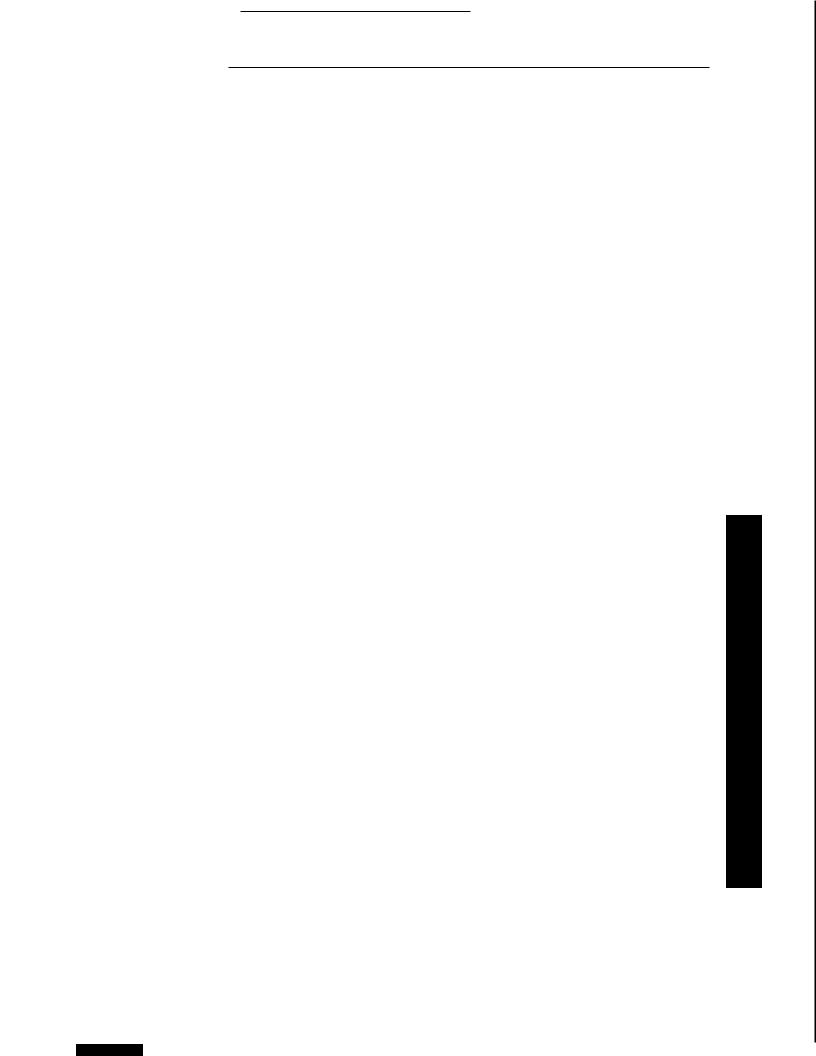
•·\fl'
364 Teun A. van Dijk
when dealing with notions such as power, domination, and discipline or the more philosophical notion of "orders of discourse." More recently, the many studies on language, culture, and society by Bourdieu have become increasingly influential; for instance, his notion of "habitus." From another sociological perspective, Giddens's structuration theory is now occasionally mentioned. It should be borne in mind that although several of these social philosophers and sociologists make extensive use of the notions of language and discourse, they seldom engage in explicit, systematic discourse analysis. Indeed, the last thing critical discourse scholars should do is to uncritically adopt philosophical or sociological ideas about language and discourse that are obviously uninformed by advances in contemporary linguistics and discourse analysis. Rather, the work referred to here is mainly relevant for the use of fundamental concepts about the social order and hence for the metatheory of CDA.
2Space limitations prevent discussion of a third issue: how dominated groups discursively challenge or resist the control of powerful groups.
3Note that "mind control" is merely a handy phrase to summarize a very complex process. Cognitive psychology and mass communication research have shown that influencing the mind is not as straightforward a process as simplistic ideas about mind control might suggest (Britton and Graesser 1996; Glasser and Salmon 1995; Klapper 1960; van Dijk and Kintsch 1983). Recipients may vary in their interpretation and uses of text and talk, also as a function of class, gender, or culture (Liebes and Katz 1990). Likewise, recipients seldom passively accept the intended opinions of specific discourses. However, we should not forget that most of our beliefs about
the world are acquired through discourse.
4In order to analyze the complex processes involved in how discourse may control people's minds, we would need to spell out the detailed mental representations and cognitive operations studied in cognitive science. Since even an adequate summary is beyond the scope of this chapter, we will only briefly introduce a few notions that are necessary to understand the processes of discursive mind control (for details, see, e.g., Graesser and Bower 1990; van Dijk and Kintsch 1983; van Oostendorp and Zwaan 1994; Weaver et al. 1995).
5Note that the picture just sketched is very schematic and general. The relations between the social power of groups and institutions, on the one hand, and discourse on the other, as well as between discourse and cognition, and cognition and society, are vastly more complex. There are many contradictions. There is not always a clear picture of one dominant group (or class or institution) oppressing another one, controlling all · public discourse, and such discourse directly controlling the mind of the dominated. There are many forms of collusion, consensus, legitimation, and even "joint production" of forms of inequality. Members of dominant groups may become dissidents and side with dominated groups, and vice versa. Opponent discourses may be adopted by dominant groups, whether strategically to neutralize them, or
simply because dominant power and ideologies may change, as is for instance quite obvious in ~cological discourse and ideology.
6Unfortunately, the study of the discursive reproduction of class has been rather neglected in this perspective; for a related approach, though, see Willis (1977).
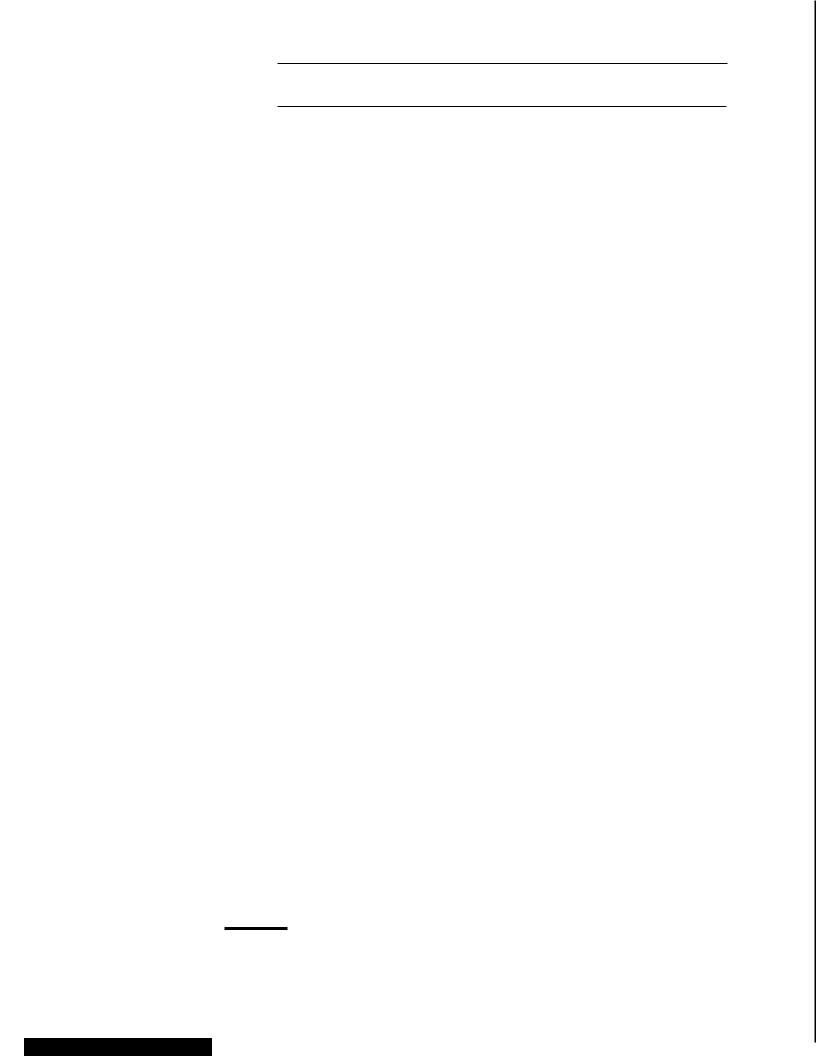
Critical Discourse Analy~is 365
REFERENCES
Agger, B. (1992a). Cultural Studies as Critical Theory. London: Palmer Press.
Agger, B. (1992b). The Discourse of Domination. From The Frankfurt School to Postmodernism. Evanston, IL: Northwestern University Press.
Albert, E. M. (1972). Culture patterning of speech behavior in Burundi. In J. J. Gumperz and D. Hymes (eds),
Directions in Sociolinguistics: The Ethnography of Communication
(pp. 72-105). New York: Holt, Rhinehart, and Winston.
Alexander, J. C., Giesen, B., Munch, R., and Smelser, N. J. (eds). (1987). The Micro-Macro Link. Berkeley, CA:
University of California Press. Apple, M. W. (1979). Ideology and
Curriculum. London: Routledge and Kegan Paul.
Aronowitz, S. (1988). Science as Power: Discourse and Ideology in Modern Society. Minneapolis: University of Minnesota Press.
Atkinson, P., Davies, B., and Delamont, S. (eds). (1995). Discourse and Reproduction. Essays in Honor of Basil Bernstein. Cresskill, NJ: Hampton Press.
Bachem, R. (1979). Einfiihrung in die Analyse politischer Texte. (Introduction to the Analysis of Political Discourse).
Munich: Oldenbourg Verlag.
Barker, A J. (1978). The African Link: British Attitudes to the Negro in the Era of the Atlantic Slave Trade, 1550-1807.
London: Frank Cass.
Bergvall, V. L. and Remlinger, K. A (1996). Reproduction, resistance and gender in educational discourse: the role of critical discourse analysis.
Discourse and Society 7(4), 453-79. Bernstein, B. (1975). Class, Codes and
Control. Volume 3, Towards a Theory of Educational Transmissions. London: Routledge and Kegan Paul.
Bernstein, B. (1990). Tile Structuring of
Pedagogic Discourse. London:
Routledge and Kegan Paul.
Birnbaum, N. (1971). Toward a Critical
Sociology. New York: Oxford University Press.
Boden, D. (1994). The Business of Talk. Organizations in Action. Cambridge: Polity.
Bourdieu, P. (1984). Homo Academicus. Paris: Minuit.
Bourdieu, P. (1989). La noblesse d'dat. Grawfes ecoles et esprit de corps. Paris: Minuit.
Bourdieu, P., Passeron, J. C. and SaintMartin, M. (1994). Academic Discourse. Linguistic Misunderstanding and Professorial Power. Cambridge: Polity Press.
Bradac, J. J., Hemphill, M. R., and Tardy, C.H. (1981). Language style on trial: effects of "powerful" and "powerless" speech upon judgments of victims and villains. Western Journal of Speech Communication, 45(4), 327-41.
Britton, B. K. and Graesser, A. C. (eds) .. (1996). Models of Understandin[? Text.
Mahwah, NJ: Erlbaum.
Burton, F. and Carlen, P. (1979). Official
Discourse. On Discourse Analysis, Government Publications, Ideology and the State. London: Routledge and Kegan Paul.
Caldas-Coulthard, C. R. and Coulthard, M. (eds). (1996). Texts and Practices: Readings in Critical Discourse Analysis. London: Routledge and Kegan Paul.
Calhoun, C. (1995). Critical Social Theory.
Oxford: Blackwell.
Cameron, D. (ed.) (1990). The Feminist
Critique of Language. A Reader.
London: Routledge and Kegan Paul. Cameron, D. (1992). Feminism and
Linguistic Theory. Second edition. London: Macmillan.
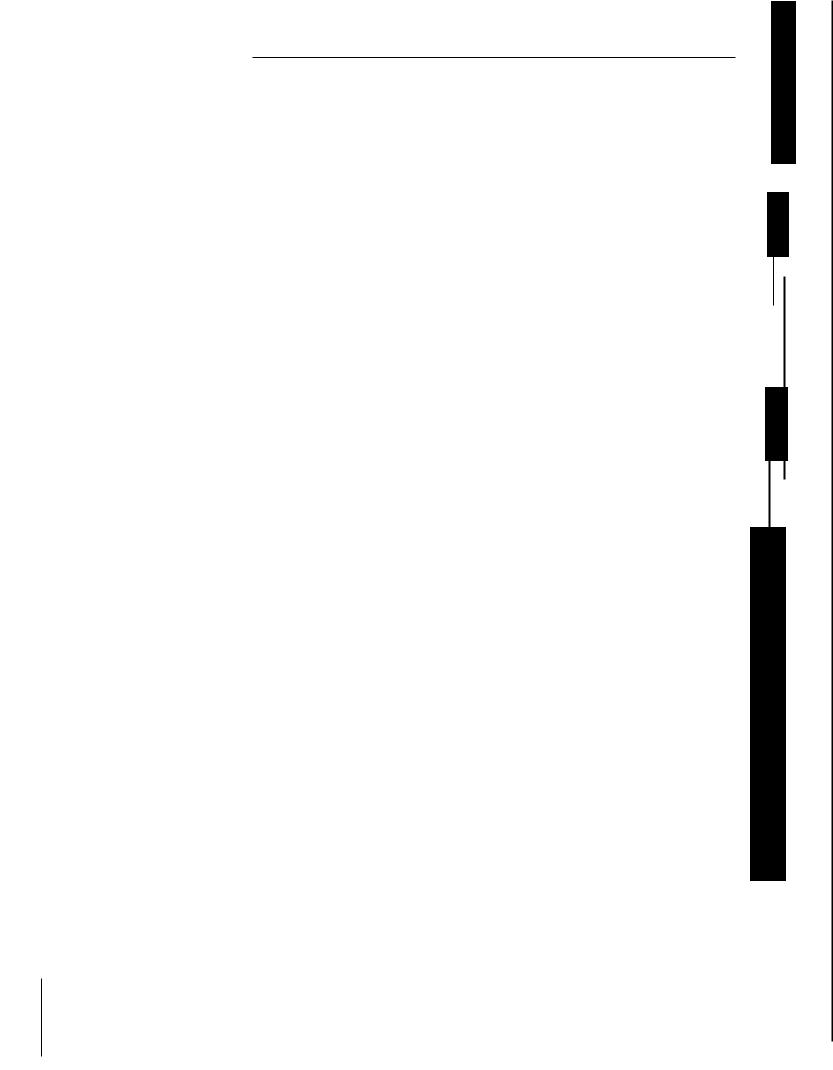
366 Teun A. van Dijk
Carbo, T. (1992). Towards an |
Dines, G. and Humez, J. M. M. (eds). |
interpretation of interruptions in |
(1995). Gender, Race, and Class in |
Mexican parliamentary discourse. |
Media. A Text-reader. London, CA: |
Discourse and Society, 3(1), 25-45. ~ |
Sage. |
Carbo, T. (1995). El discurso parlamentario |
Dorfman, A. and Mattelart, A. (1972). Para |
mexicano entre 1920 y 1950. Un estudio |
leer el Pato Donald. Comunicaci6n de |
de caso en metodologfa de andlisis de |
Masa y Colonialismo. (How to Read |
discurso. (Mexican Parliamentary |
Donald Duck. Mass Communication and |
Discourse between 1920 and 1950. A |
Colonialism). Mexico: Siglo XXL |
Case Study in the Methodology of |
Downing, J. (1984). Radical Media: The |
Discourse Analysis). 2 volumes. Mexico: |
Political Experience of Alternative |
CIESAS and Colegio de Mexico. |
Communication. Boston: South End |
Chilton, P. (ed.) (1985). Language and the |
Press. |
Nuclear Arms Debate: Nukespeak Today. |
Drew, P. and Heritage, J. (eds). (1992). |
London and Dover, NH: Frances |
Talk at Work. Interaction in Institutional |
Printer. |
Settings. Cambridge: Cambridge |
Chilton, P. (1988). Orwellian Language and |
University Press. |
the Media. London: Pluto Press. |
D'Souza, D. (1995). The End of Racism: |
Chilton, P. (1996). Security Metaphors. Cold |
Principles for Multiracial Society. New |
War Discourse from Containment to |
York: Free Press. |
Common House. Bern: Lang. |
Duin, A. H., Roen, D. H., and Graves, M. |
Chilton, P. and Lakoff, G. (1995). Foreign |
F. (1988). Excellence or malpractice: |
policy by metaphor. In C. Schaffner |
the effects of headlines on readers' |
and A. L. Wenden (eds), Language and |
recall and biases. National Reading |
Peace, (pp. 37-59). Aldershot: |
Conference (1987, St Petersburg, |
Dartmouth. |
Florida). National Reading Conference |
Collins, R., Curran, J., Garnham, N., |
Yearbook, 37, 245-50. |
Scannell, Schlesinger, P., and Sparks, |
Duranti, A. and Goodwin, C. (eds). (1992). |
C. (eds). (1986). Media, Culture, and |
Rethinking Context: Language as an |
Society. London: Sage. |
Interactive Phenomenon. Cambridge: |
Coulthard, R. M. (ed.) (1994). Advances in |
Cambridge University Press. |
Written Text Analysis. London: |
Duszak, A. (ed.) (1997). Culture and Styles |
Routledge and Kegan Paul. |
of Academic Discourse. Berlin: Mouton |
Danet, B. (ed.) (1984). Legal discourse. |
de Gruyter. |
Text, 4, 1/3, special issue. |
Ehlich, K. (ed.) (1989). Sprache im |
Davis, H. and Walton, P. (eds). (1983). |
Faschismus. (Language under Fascism). |
Language, Image, Media. Oxford: |
Frankfurt: Suhrkamp. |
Blackwell. |
Ehlich, K. (ed.) (1995). The Discourse of |
Davis, K. (1988). Power Under the |
Business Negotiation. Berlin: Mouton |
Microscope. Toward a Grounded Theory |
de Gruyter. |
of Gender Relations in Medical |
Essed, P. J.M. (1991). Understanding |
Encounters. Dordrecht: Foris. |
Everyday Racism: An Interdisciplinary |
Derian, J. D. and Shapiro, M. J. (1989). |
Theory. Newbury Park, CA: Sage. |
International/Intertextual Relations. |
Fairdough, N. L. (1992a). Discourse and |
Lexington, MA: D. C. Heath. |
Social Change. Cambridge: Polity |
Diamond, J. (1996). Status and Power in |
Press. |
Verbal Interaction. A Study of Discourse |
Fairclough, N. L. (ed.) (1992b). Critical |
in a Close-knit Social Network. |
Language Awareness. London: |
Amsterdam: Benjamins. |
Longman. |
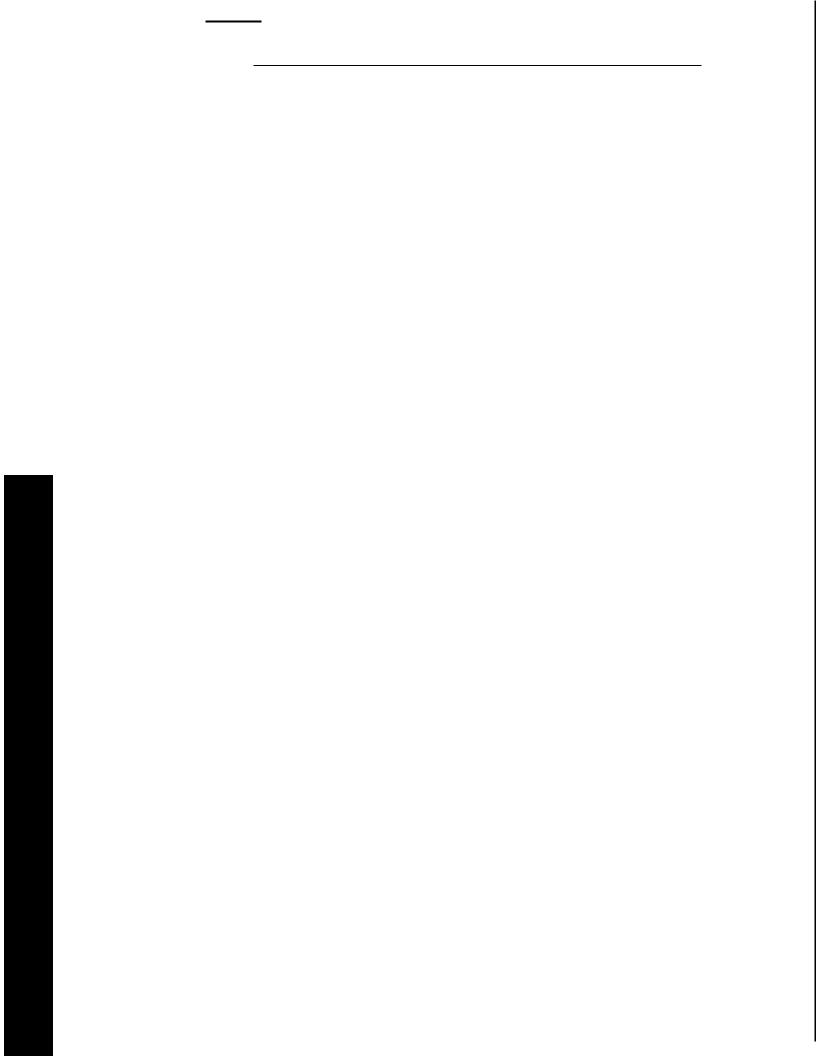
Critical Discourse Analysis 367
Fairclough, N. L. (1995a). Critical Discourse Analysis: The Critical Study of Language. Harlow, UK: Longman.
Fairclough, N. L. (1995b). Media Discourse. London: Edward Arnold.
Fairclough, N. L. and Wodak, R. (1997). Critical discourse analysis. In
T. A. van Dijk (ed.), Discourse Studies. A Multidisciplinary Introduction, Vol. 2. Discourse as Social Interaction
(pp. 258-84). London: Sage.
Fay, B. (1987). Critical Social Science.
Cambridge: Polity.
Ferree, M. M. and Hall, E. J. (1996). Rethinking stratification from a feminist perspective: gender, race, and class in mainstream textbooks. American Sociological Rci.'iew, 61(6), 929-50.
Fisher, S. (1995). Nursing Wounds. Nurse Practitioners, DLlctors, Women Patients, and the Negotiation of Meaning. New Brunswick, NJ: Rutgers University Press.
Fisher, S. and Todd, A. D. (eds). (1986).
Discourse and Institutional Authority. Medicine, Education, and Law.
Norwood, NJ: Ablex.
Fishman, P. (1983). Interaction: the work women do. In B. Thorne, C. Kramarae, and N. Henley (eds), Language, Gender, and Society (pp. 89-101).
New York: Pergamon Press. Fowler, R. (1991). Ln11guage in the News.
Discourse and Ideology in the Press.
London: Routledge and Kegan Paul. Fowler, R., Hodge, B., Kress, G., and
Trew, T. (1979). Language and Control.
London: Routledge and Kegan Paul. Fox, C. J. and Miller, H. T. (1995).
Postmodern Public Administration. Toward Discourse. London, CA: Sage.
Fox, D. R. and Prilleltensky, I. (1997).
Critical Psychology. An Introduction.
London: Sage.
Gamson, W. A. (1992). Talking Politics. Cambridge: Cambridge University Press.
Gans, H. (1979). Deciding What's News.
New York: Pantheon Books.
Giroux, H. (1981). Ideology, Culture, and the
Process of Schooling. London: Palmer
Press.
Glasgow University Media Group. (1976).
Bad News. London: Routledge and
Kegan Paul.
Glasgow University Media Group. (1980).
More Bad News. London: Routledge
and Kegan Paul.
Glasgow University Media Group. (1982).
Really Bad News. London: Writers and
Readers.
Glasgow University Media Group. (1985).
War and Peace News. Milton Keynes
and Philadelphia: Open University
Press.
Glasgow University Media Group. (1993).
Getting the message. In J. Eldridge
(ed.), News, Truth and Power. London:
Routledge and Kegan Paul.
Glasser, T. L. and Salmon, C. T. (eds).
(1995). Public Opinion and the
Co111111unication of Consent. New York:
Guilford Press.
Graesser, A. C. and Bower, G. H. (eds).
(1990). Inferences and Text
Comprehension. The Psychology of
Leami11g and Motivation, vol. 25. New
York: Academic Press.
Gramsci, A. (]971). Prison Notebooks. New
York: International Publishers.
Guespin, L. (ed.) (1976). Typologie
du discours politique (Typology
of political discourse). Languages,
41.
Hall, S., Hobson, D., Lowe, A., and Willis,
P. (eds). (1980). Culture, Media,
Language. London: Hutchinson.
Hartmann, P. and Husband, C. (1974).
Racism and the Mass Media. London:
Davis-Poynter.
Holly, W. (1990). Politikersprache.
Inszenierungen und Rollenkonflikte im
informellen Sprachhandeln eines
Bundestagsabgeordneten. (Politician's
Languaxe. Dramatization and Role
Conflicts in the Informal Speech Acts of a
Bundestag Delegate). Berlin: Mouton de
Gruyter.
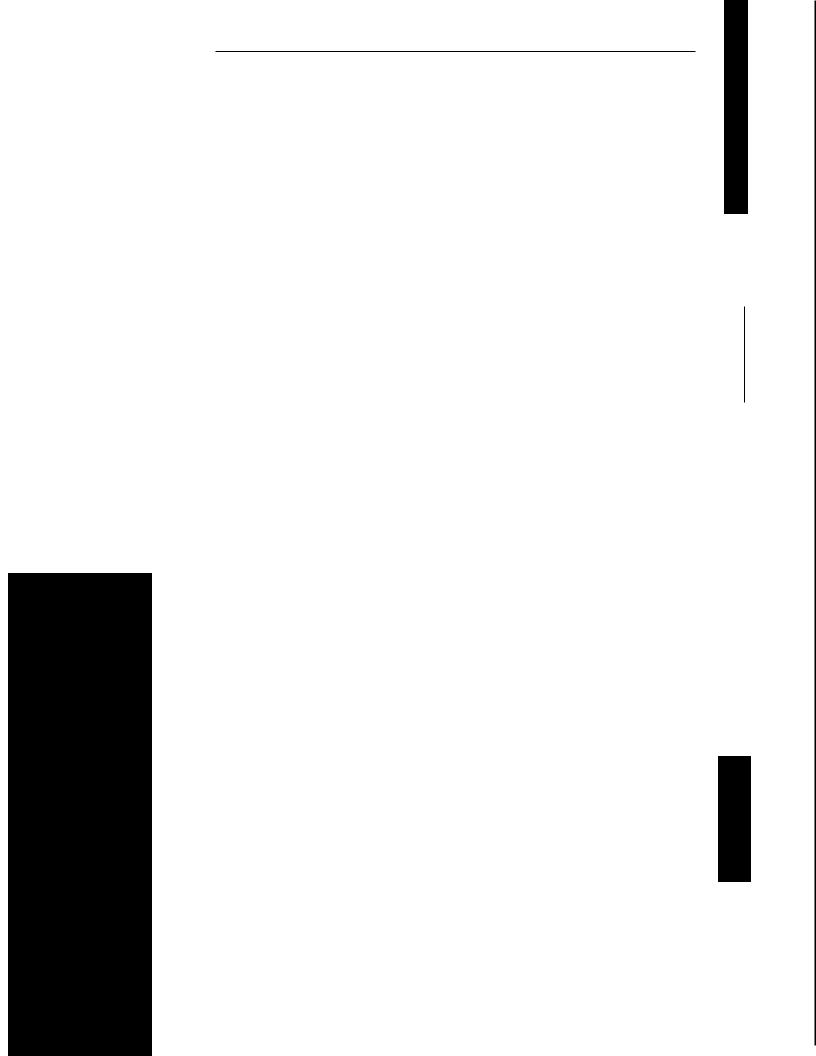
368 Teun A. van Dijk
Houston, M. and Kramarae, C. (eds). (1991). Women speaking from silence.
Discourse and Society, 2(4), special issue.
Hymes, D. (ed.) (1972). Reinventing Anthropology. New York: Vintage Books.
Ibanez, T. and Iniguez, L. (eds). (1997).
Critical social psychology. London: Sage.
Irvine, J. T. (1974). Strategies of status manipulation in the Wolof greeting. In R. Bauman and J. Sherzer (eds),
Explorations in the Ethnography of Speaking (pp. 167-91). Cambridge: Cambridge University Press.
Jaworski, A. (1983). Sexism in textbooks.
British Journal of Language Teaching,
21(2), 109-13.
Klapper, J. T. (1960). The Effects of Mass
Communication. New York: Free Press.
Klaus, G. (1971). Sprache der Po/itik (Language of Politics). Berlin: VEB Deutscher Verlag der Wissenschaften.
Knorr-Cetina, K. and Cicourel, A. V. (eds). (1981). Advances in Social Theory and Methodology. Towards an Integration of Microand Macrosociologies. London: Routledge and Kegan Paul.
Kotthoff, H. and Wodak, R. (eds). (1997).
Communicating Gender in Context.
Amsterdam: Benjamins.
Lakoff, R. T. (1990). Talking Power. The Politics of Language. New York: Basic Books.
Lauren, P. G. (1988). Power and Prejudice. The Politics and Diplomacy of Racial Discrimination. Boulder, CO: Westview Press.
Lavandera, B. R., Garcia Negroni, M. M., Lopez Ocon, M., Luis, C. R., Menendez, S. M., Pardo, M. L., Raiter, A.G., and Zoppi-Fontana, M. (1986). Analisis sociolingiiistico del discurso politico. Cuadernos de/ Instituto de Lingufstica, 1(1). Buenos Aires: Instituto de Lingiiistica, Universidad de Buenos Aires.
Lavandera, B. R., Garcia Negroni, M. M., Lopez Ocon, M., Luis, C. R., Menendez, S. M., Pardo, M. L., Raiter, A.G., and Zoppi-Fontana, M. (1987). Analisis sociolingiiistico del discurso politico (II). Cuadernos de/ Instituto de Lingiiistica. Buenos Aires: Instituto de Lingiiistica, Universidad de Buenos Aires.
Leet-Pellegrini, H. (1980). Conversational dominance as a function of gender and expertise. In H. Giles, W. P. Robinson, and P. Smith (eds),
Language: Social Psychological Perspectives (pp. 97-104). Oxford: Pergamon Press.
Leimdorfer, F. (1992). Discours academique et colonisation. Themes de recherche sur /'Algerie pendant la periode co/oniale.
(Academic Discourse and Colonization: Research on Algeria during the Colonial Period). Paris: Publisud.
Liebes, T. and Katz, E. 0990). The Export of Meaning; Cross-cultural Readings of "Dallas." New York: Oxford University Press.
Lindegren-Lerman, C. (1983). Dominant discourse: the institutional voice and the control of topic. In H. Davis and P. Walton (eds), Language, Image, Media (pp. 75-103). Oxford: Blackwell.
Linell, P. and Jonsson, L. (1991). Suspect stories: perspective-setting in an asymmetrical situation. In I. Markova and K. Foppa (eds), Asymmetries in Dialogue. The Dynamics of Dialogue
(pp. 75-100). n.d. Barnes and Noble Books/Bowman and Littlefield Publishers: Harvester Wheatsheaf.
Lukes, S. (ed.) (1986). Power. Oxford: Blackwell.
Martin Rojo, L. (1994). Jargon of delinquents and the study of conversational dynamics. Journal of Pragmatics, 21(3), 243-89.
Martin Rojo, L. and van Dijk, T. A. (1997). "There was a problem, and it was solved!" Legitimating the expulsion of "illegal" immigrants in Spanish
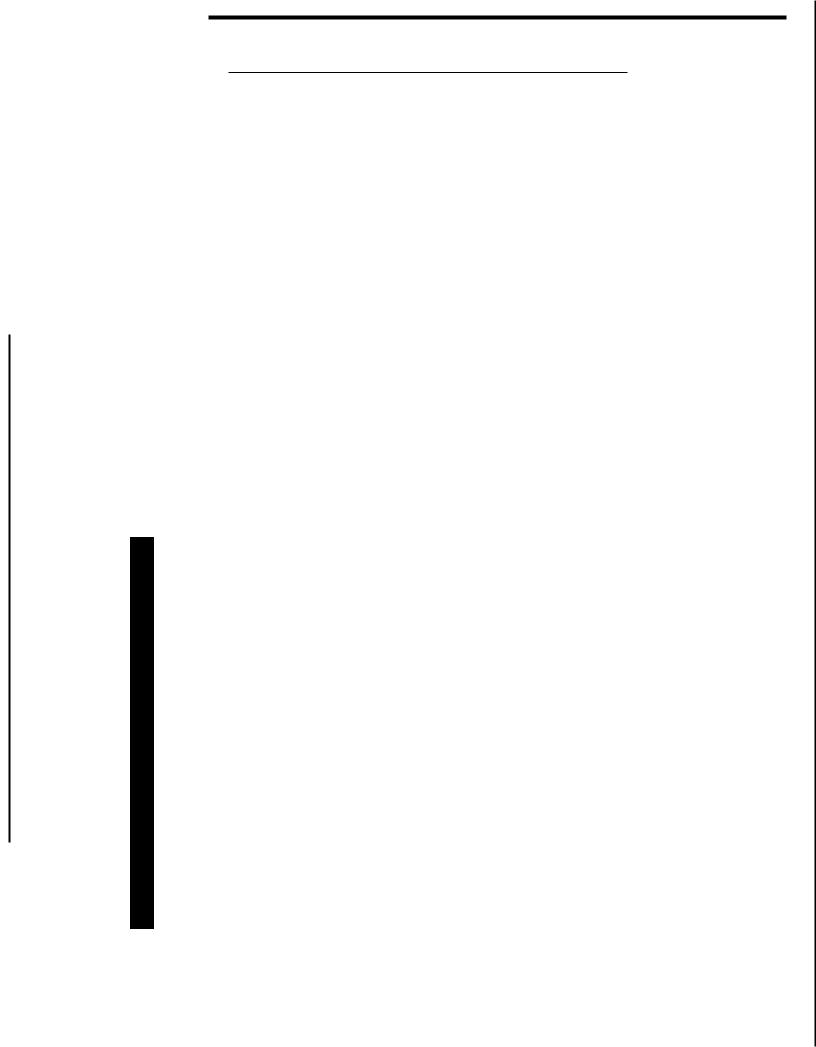
Critical Discourse Analysis 369
parliamentary discourse. Discourse and Society, 8(4), 523-67.
Mercer, N. (1995). The Guided Construction of Knowledge. Talk Amongst Teachers and Learners. Clevedon: Multilingual Matters.
Mey, J. L. (1985). Whose Language. A Study in Linguistic Pragmatics. Amsterdam: Benjamins.
Mishler, E. G. (1984). The Discourse of
Medicine. Dialectics in Medical Interviews. Norwood, NJ: Ablex.
Mumby, D. K. (1988). Communication and Power in Organizations: Discourse, Ideology, and Domination. Norwood, NJ: Ablex.
Mumby, D. K. (ed.) (1993). Narrative and Social Control: Critical Perspectives.
Newbury Park, CA: Sage. Mumby, D. K. and Clair, R. P. (1997).
Organizational discourse. In
T. A. van Dijk (ed.), Discourse as Social Interaction. Discourse Studies. A Multidisciplinary Introduction, vol. 1 (pp. 181-205). London: Sage.
Nesler, M. S., Aguinis, H., Quigley, B. M., and Tedeschi, J. T. (1993). The effect of credibility on perceived power.
Journal of Applied Social Psychology,
23(17), 1407-25.
Ng, S. H. and Bradac, J. J. (1993). Power in Language. Newbury Park: Sage.
Nimmo, D. D. and Sanders, K. R. (eds). (1981). Handbook of Political Communication. Beverly Hills, CA: Sage.
O'Barr, W. M., Conley, J. M., and Lind, A. (1978). The power of language: presentational style in the courtroom.
Duke Law Journal, 14, 266-79.
Osler, A. (1994). Still hidden from history: the representation of women in recently published history textbooks.
Oxford Review of Education, 20(2), 219-35.
Palmer, M. T. (1989). Controlling conversations: turns, topics, and interpersonal control. Communication Monographs, 56(1), 1-18.
Pardo, M. L. (1996). Derecho y linguistica: C6mo se juzga con palabras (Law and Linguistics: How to Judge with Words).
Buenos Aires: Nueva Vision. Pasierbsky, F. (1983). Krieg und Frieden in
der Sprache. (War and Peace in Language). Frankfurt: Fischer.
Pecheux, M. (1969). Analyse Automatique du Discours. Paris: Dunod.
Pecheux, M. (1982). Language, Semantics and Ideology. New York: St Martin's Press.
Radtke, I. (ed.) (1981). Die Sprache des Rechts und der Verwaltung. Vol. 2. Deutsche Akademie fiir Sprache und Dichtung, Die offentliche Sprachgebrauch. (The Language of the Law and the Administration. Vol. 2. German Academy of Language and Literature, Official Language Use).
Stuttgart: Klett-Cotta. Rasmussen, D. M. (ed.) (1996). The
Handbook of Critical Theory. Oxford: Blackwell.
Said, E.W. (1979). Orientalism. New York: Random House (Vintage).
Seidel, G. (ed.) (1988). The Nature of the Right. A Feminist Analysis of Order Patterns. Amsterdam: Benjamins.
Shohat, E. and Stam, R. (1994). Unthinking Eurocentrism. Multiculturalism and the Media. London: Routledge and Kegan Paul.
Shuy, R. W. (1992). Language crimes. The Use and Abuse of Language Evidence in the Court Room. Oxford: Blackwell.
Sierra, M. T. (1992). Discurso, cultura y poder. El ejercio de la autoridad en las pueblos hii.iihfius def Valle def Mezquita[. (Discourse, Culture and Power. The Exercise of Authority in the Hfiiihfiu (Otomi) Villages of the Mezquita/ Valley). Gobierno del Estado de Hidalgo: Centro de Investigaciones y Estudios Superiores en Antropologfa Social.
Singh, R. (ed.) (1996). Towards a Critical Sociolinguistics. Amsterdam: Benjamins.
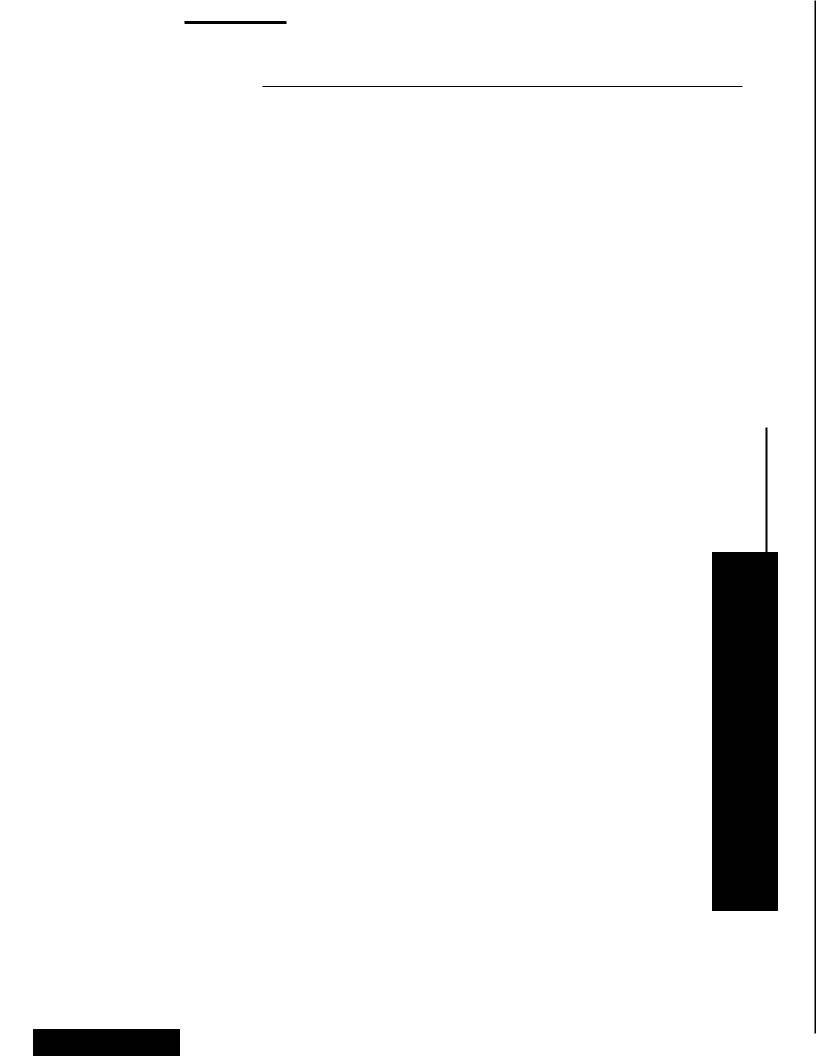
370 Teun A. van Dijk
Smith, D. E. (1991). Writing women's experience into social science.
Feminism and Psychology, 1(1), 155-69. Tannen, D. (1994a). Gender and Discourse.
New York: Oxford University Press. Tannen, D. (1994b). Talking from 9 to 5.
How Women's and Men's Conversational Styles Affect Who Gets Heard, Who Gets Credit, and What Gets Done at Work.
New York: Morrow.
Ter Wal, J. (1997). The reproduction of ethnic prejudice and racism through policy and news discourse. The Italian case (1988-92). Florence: PhD, European Institute.
Thomas, J. (1993). Doing Critical Ethnography. Newbury Park: Sage.
Thorne, B., Kramarae, C., and Henley, N. (eds). (1983). Language, Gender and Society. Rowley, MA: Newbury House.
Turkel, G. (1996). Law and Society. Critical Approaches. Boston, MA: Allyn and Bacon.
UNESCO. (1977). Ethnicity and the Media.
Paris: UNESCO.
van Dijk, T. A. (1984). Prejudice in Discourse. Amsterdam: Benjamins.
van Dijk, T. A. (1987). Communicating Racism: Ethnic Prejudice in Thought and Talk. Newbury Park, CA: Sage.
van Dijk, T. A. (1987). Schoolvoorbeelden van Racisme. De Reproduktie van Racisme in Maatschappijleerboeken (Textbook Examples of Racism. The Reproduction of Racism in Social Science Textbooks). Amsterdam: Socialistische · Uitgeverij Amsterdam.
van Dijk, T. A. (1988a). News as Discourse. Hillsdale, NJ: Erlbaum.
van Dijk, T. A. (1988b). News Analysis. Case Studies of International and National News in the Press. Hillsdale,
NJ: Erlbaum.
van Dijk, T. A. (1991). Racism and the Press. London: Routledge and Kegan Paul.
van Dijk, T. A. (1993a). Elite Discourse and Racism. Newbury Park, CA: Sage.
van Dijk, T. A. (1993b). Principles of critical discourse analysis. Discourse and Society 4(2), 249-83.
van Dijk, T. A (1996). Discourse, power and access. In R. C. Caldas-Coulthard and M. Coulthard (eds), Texts and Practices: Readings in Critical Discourse Analysis (pp. 84-104). London: Routledge and Kegan Paul.
van Dijk, T. A (1998a). Ideology. A Multidisciplinary Study. London: Sage.
van Dijk, T. A. (1998b). Towards a theory of context and experience models in discourse processing. In H. van Oostendorp and S. Goldman, (eds),
The Construction of Mental Models During Reading. Hillsdale, NJ: Erlbaum.
van Dijk, T. A. and Kintsch, W. (1983).
Strategies of Discourse Comprehension.
New York: Academic Press.
Van Oostendorp, H. and Zwaan, R. A
(eds). (1994). Naturalistic Text Comprehension. Norwood, NJ: Ablex.
Van Zoonen, L. (1994). Feminist Media Studies. London: Sage.
Weaver, C. A., Mannes, S. and Fletcher, C. R. (eds). (1995). Discourse Comprehension. Essays in Honor of Walter Kintsch. Hillsdale, NJ: Erlbaum.
West, C. (1984). Routine Complications: Troubles with Talk between Doctors and Patients. Bloomington: Indiana University Press.
Williams, J. (ed.) (1995). PC Wars. Politics and Theory in the Academy. New York: Routledge and Kegan Paul.
Willis, P. (1977). Learning to Labour: How Working Class Kids Get Working Class Jobs. London: Saxon House.
Wilson, C. C. and Gutierrez, F. (1985).
Minorities and the Media. Beverly Hill,, .
CA, and London: Sage.
Wodak, R. (1984). Determination of guilt:,,; discourses in the courtroom. In C; ~.· Kramarae, M. Schulz, and W. M. . ;.,.
O'Barr (eds), Language and Powtr · "'
(pp. 89-100). Beverly Hills, CA: Sa
I
'l

|
|
Critical Discourse Analysis 371 |
|
|
|
|
|
Wodak, R. (1985). The interaction between |
Wodak, R. (1997). Gender and Discourse. |
||
·udge and defendant. In T. A. van Dijk |
London: Sage. |
||
~ed.), Handbook of Discourse Analysis. |
Wodak, R. and van Dijk, T. A. (eds) |
||
Vol. 4. Discourse Analysis in Society |
(2000). Racism at the Top. Klagenfurt: |
||
(pp. 181-91). London: Academic Press. |
Drava Verlag. |
||
Wodak, R. (1987). "And where is the |
Wrong, D. H. (1979). Power: Its Forms, |
||
Lebanon?" A socio-psycholinguistic |
Bases and Uses. Oxford: Blackwell. |
||
investigation of comprehension and |
Zimmermann, H. D. (1969). Die politische |
||
intelligibility of news. Text, 7(4), 377- |
Rede. Der Sprachgebrauch Bonner |
||
410. |
|
Politiker. (Political Speech. Language |
|
|
use of Bonn's Politicians). Stuttgart: |
||
Wodak, R. (1996). Disorders of Discourse. |
|||
London: Longman. |
Kohlhammer. |
||
